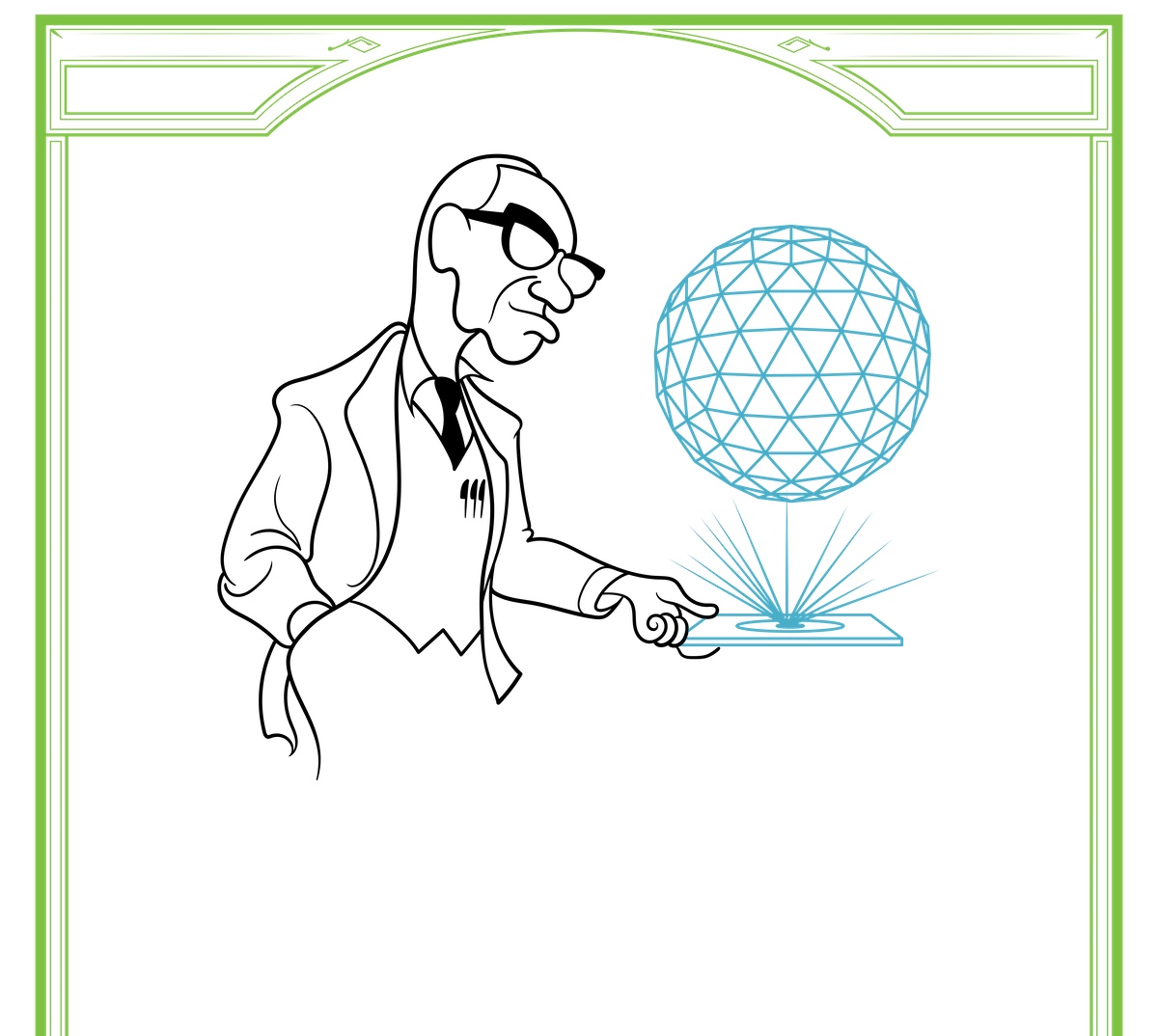University City Science Center, a nonprofit that helps innovators and entrepreneurs take their creative ideas to the marketplace, was designed to be a place of collaboration, and has only grown since its start in 1963.
The center, which moved into its new uCity Square location at the end of 2018, was slated as the next hub to be featured in Technical.ly’s 10-week series ahead of Philly Tech Week 2020 presented by Comcast that’s connecting historical figures to modern spaces that embody innovation. (See how the programmers of the Electronic Numerical Integrator and Computer connect to Pennovation Works if you’re not caught up.)
Alas, when we launched this series and spent the past several months planning this year’s Philly Tech Week events, we didn’t anticipate a pandemic ripping through our region and bounding residents to their homes. (Maybe you’ve heard?) Accordingly, PTW20 is now postponed to later this year. But we couldn’t resist sharing one more story of an innovator from Philly’s past — and, happily, one with the strongest connection yet to its assigned PTW hub.
The Science Center’s mission has three pillars: commercializing promising companies, convening people to share and support ideas, and cultivating future talent in STEM. Buckminster Fuller (1895-1983) spent time there as a World Fellow in Residence during the 1970s and early 1980s.
The futurist and author behind the concept of “Spaceship Earth” is known for designing the geodesic dome, which you may know from the shape of Disney’s Epcot Center. The Science Center honored Fuller in its inaugural class of the Innovators Walk of Fame in the art category in 2014.
David Clayton, director of in-house STEM education program FirstHand, feels like Fuller is the “patron saint” of the Science Center: Fuller used resources to better humanity, something Clayton believes speaks to the culture of innovation the org is trying to create.
“Some of his principles are things we still look to today,” said Clayton. “I think it’s something that he was doing far ahead of time through his books, lectures and projects.”
At FirstHand, Clayton works with middle school youth to give them early exposure to careers in science, design, and entrepreneurship.
“We’re creating a platform where young people can start to solve the problems of tomorrow and start thinking about those problems now,” Clayton said. “Fuller is at the roots of that.”
“Bucky,” as he’s referred to affectionately, preferred the title of “design scientist” over anything else. He spent his life working in multiple fields, including architecture, design and engineering, in his pursuit to make the world work for all of humanity. He often paired art with technology; the Science Center connects the two as well.
The center is home to the Esther Klein Gallery and uses creative arts to explore the intersections between art, science and technology. The gallery shows six exhibitions each year that are based on some type of art and tech. Fuller displayed his work in a solo exhibit at the gallery in the early 1980s which featured his latest invention at the time, the 4D dymaxion book case.
“Bucky had a lot of really amazing ideas he put into practice, but he also had a lot of ideas that never came to fruition,” said Angela McQuillan, curator of the Esther Klein Gallery. “I think that just shows he wasn’t afraid to experiment and be super creative.”
McQuillan is also the director the Science Center’s BioArt Residency program — remember that engineered Lovesick “virus” that spreads kindness and empathy? — which she founded in 2017. The program is a part of a partnership with biotech company Integral Molecular — the folks trying to figure out what makes COVID-19 so infectious — and was made to create interdisciplinary ideas and to get people talking about things from a different perspective and find solutions to problems. Three residents each year spend three months working alongside scientists to create a body of work for the gallery.
The Science Center continues to evolve as the needs of startup companies and entrepreneurs change over time, said Marketing Director Kristen Fitch.
“We’re trying to build on his legacy and not lose sight on the value of different ideas and different types of people and what they can collectively bring to the table,” Fitch said.
Before you go...
Please consider supporting Technical.ly to keep our independent journalism strong. Unlike most business-focused media outlets, we don’t have a paywall. Instead, we count on your personal and organizational support.
Join our growing Slack community
Join 5,000 tech professionals and entrepreneurs in our community Slack today!

Federal grant freeze fire drill leaves orgs scrambling to brace for Trump-era priorities

As demand for AI infrastructure surges, Johns Hopkins experts warn of deregulation risk

GEMMABio rakes in $34M raise, a huge boost to the Philly life sciences scene


